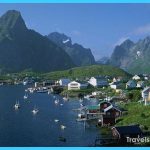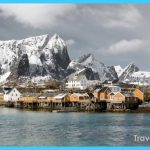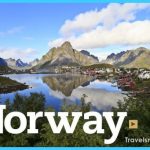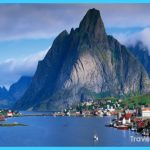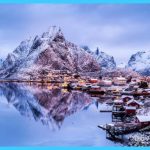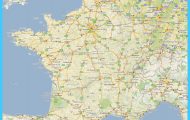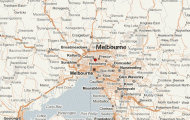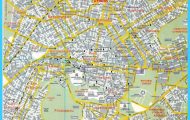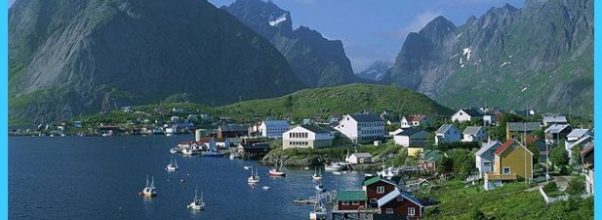
NORWAY, in spite of its long land frontiers, stands, as it were, back to back with the other Scandinavian countries. Its capital, Oslo, lies in a sheltered situation at the inner end of a fjord which cuts deeply into the land and has the country’s longest rivers flowing into it. The long valleys of these rivers lead road traffic to the capital, which has the advantage of a beautiful hilly setting, giving it a privileged situation among the northern capitals.
Around Oslo lies a region of varied and attractive scenery, occupied by an active and industrious population which, particularly on the southern and southeastern slopes of the Norwegian mountains, can look back on long farming and mining traditions. The Setesdal is particularly renowned for its trim farmhouses and its rich traditional costumes. The prosperity ofthe agricultural population of Telemark is now based on a highly developed stock-farming system in which the Alpine pastures in the higher areas of the region play an important part.
Some 400 km (250 miles) north of Oslo is the old town of Trondheim, which, like Oslo, has round it a region brought into cultivation by peasant farmers, though on a smaller scale. High up in the hinterland of Trondheim is the little mining town of Reros, where rich deposits of ore have yielded more than 100,000 tons of pure copper over the past 300 years.
From Stavanger to Kirkenes the Norwegian west coast with its succession of fjords extends for some 2000 km (1250 miles), offering scenery of breathtaking magnificence. On this coast is Bergen, the largest town in western Norway, but which has remained a purely coastal town with no real hinterland. Its economy revolves around fishing, the fish industry and the fish trade. To the west of Bergen are the Norwegian North Sea oilfields, now producing large quantities of oil and natural gas. Bergen is connected to Oslo by a boldly engineered railway line over
the mountain plateaux which reaches a height of 1300 m (4265 ft). In recent years industry has been successfully established at a number of points on Norway’s long west coast: thus the abundant supplies of water power in the Sognefjord (Hoyanger) and Hardanger-fjord (Odda) have been harnessed for use in the manufacture of aluminium, and an active smelting industry has grown up around the copper and pyrite mines in the Sulitjelma area in northern Norway.
In southern Norway the developing town of Stavanger has specialised in the fish-canning industry, and in recent years its shipyards have built drilling rigs and platforms for the North Sea oilfields, while oil refineries have been established to handle the abundant supplies now flowing from the oilfields.
Travel to Norway Photo Gallery
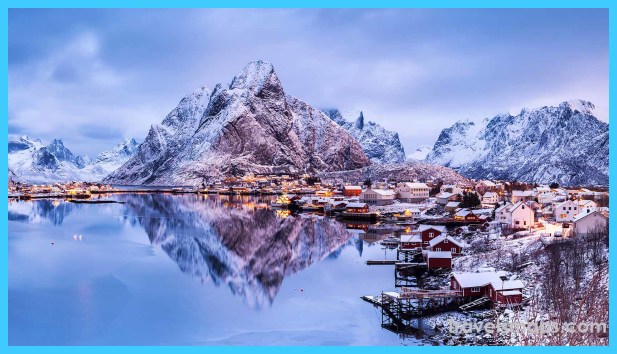
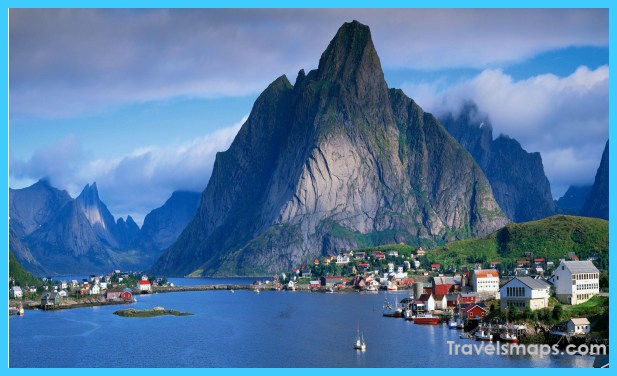
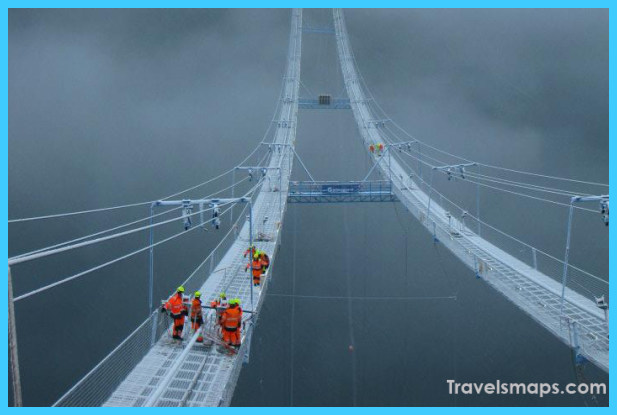
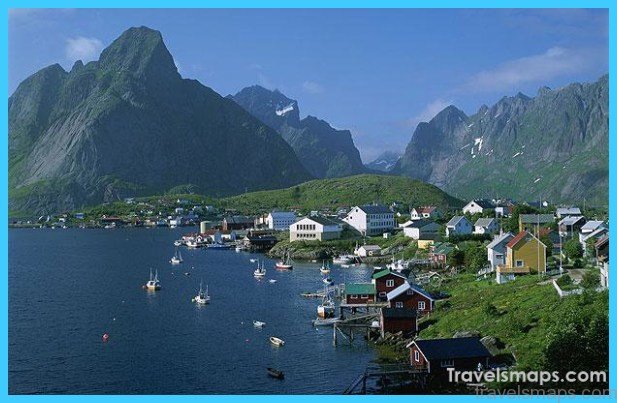
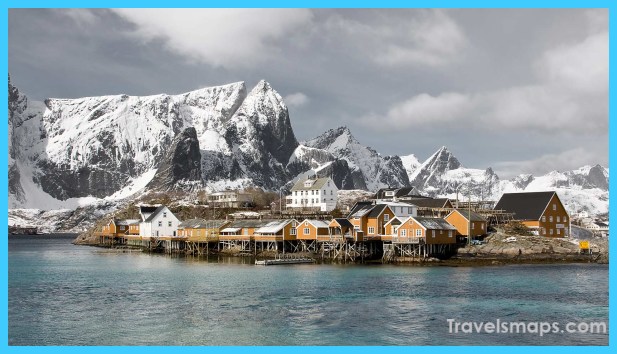
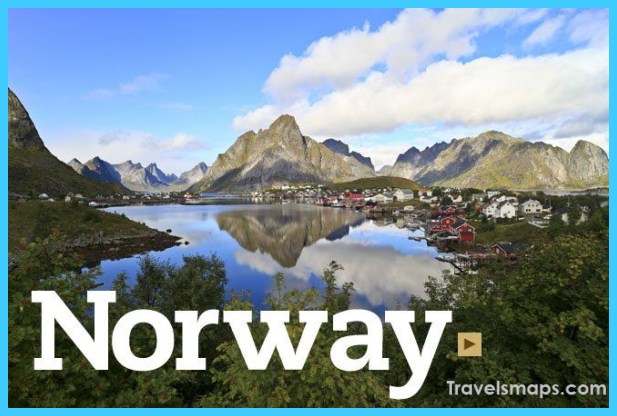
Maybe You Like Them Too
- Artisanal Fashion and Lifestyle Accessories
- Map of Australia
- Map of Sweden
- Travel to Sweden
- Map of Norway

